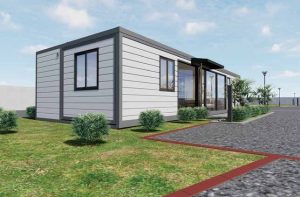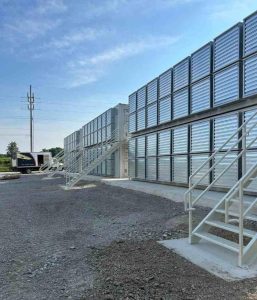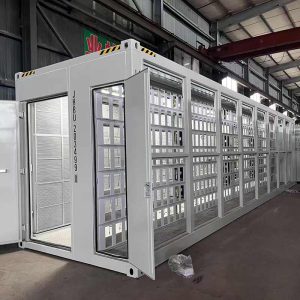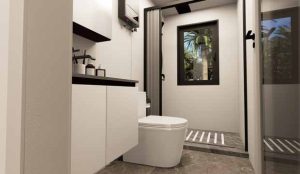Understanding the Basics of Bitcoin Mining Containers
What is a Bitcoin mining container?
A Bitcoin mining container is a portable, modular unit built to hold crypto mining gear in a small, efficient setup. These are usually old shipping containers tweaked to offer plug-and-play ease, letting you set them up fast and scale up in all sorts of places, even remote or super cold spots.
How does a mining container differ from traditional mining setups?
Regular mining setups often sit in big buildings or data centers that need tons of construction, cooling systems and pricey infrastructure. A bitcoin mining container, though, is mobile, sets up quick and costs less upfront. Container buildings have excellent flexibility and mobility, allowing for rapid construction and demolition in different sites and environments.
What are the key components of a Bitcoin mining container?
A typical bitcoin mining container has key parts like power distribution units (PDUs), power cabinets, negative pressure fans for cooling, dust filters, snow blockers, fire extinguishing systems and internal hot/cold isolation plates.
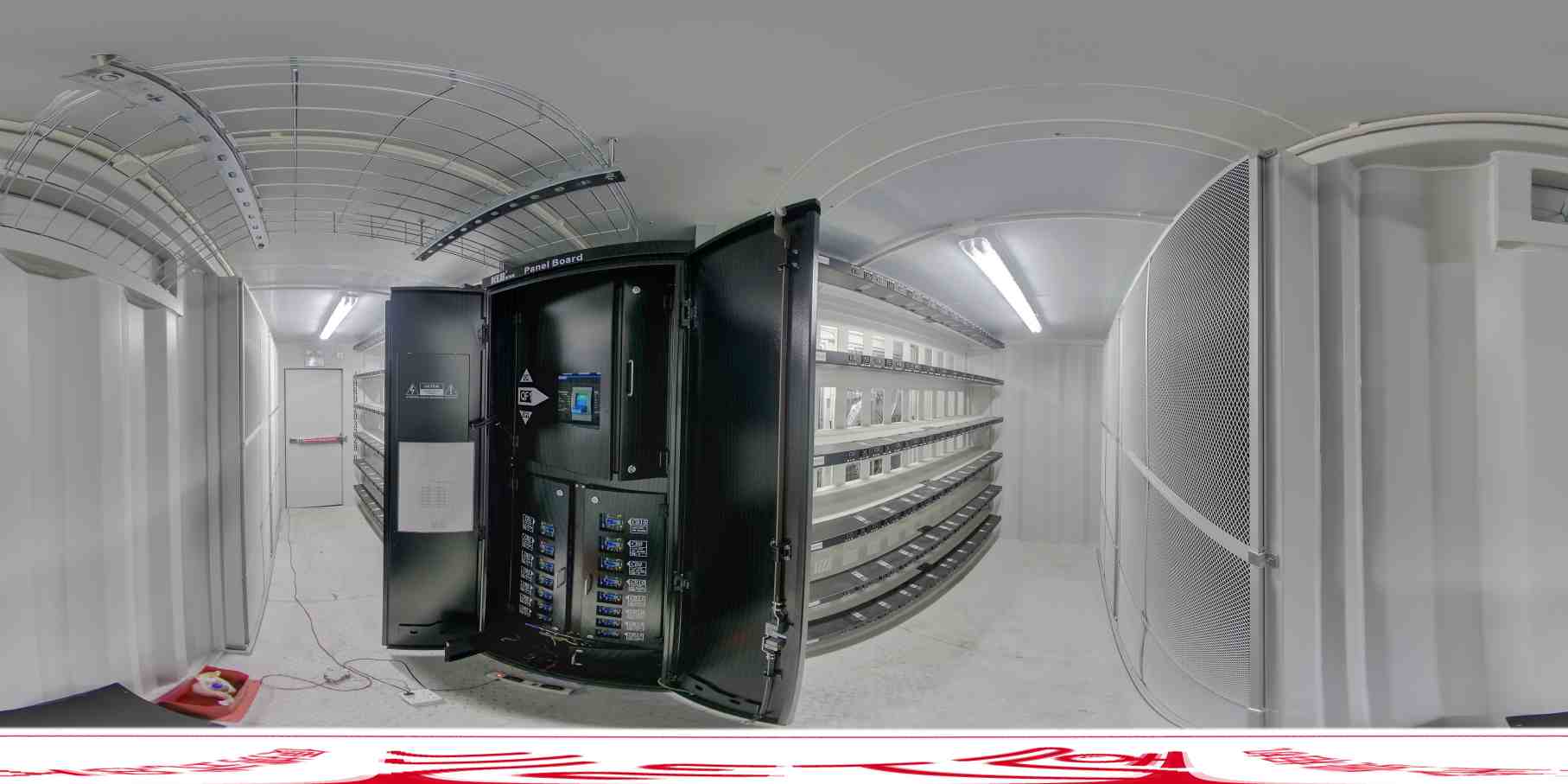
Evaluating the Costs and Benefits of Mining Containers
How much is a Bitcoin container?
The bitcoin mining container price varies depending on size, customization level, energy capacity and included features. On average, prices range from tens of thousands to over $100,000 USD per unit. The inclusion of certifications like CSA and UL also impacts cost but adds value through compliance and safety assurance.
Is BTC mining profitable in cold climates?
Yup, it can be. Cold climates give you free cooling, which cuts running costs big time. According to industry insights, operating in cold weather can improve miner efficiency by reducing fan speeds and prolonging hardware lifespan due to better thermal conditions.
What factors influence the return on investment for mining containers?
A bunch of things affect ROI: electricity costs (cheaper in remote or cold areas), network difficulty, bitcoin price swings, gear efficiency (like ASIC models), how often you maintain stuff and how reliable your uptime is. Well-designed containers with solid insulation and airflow keep performance high while wasting less energy.
Design Considerations for Cold Weather Optimization
Why is extreme cold both a challenge and an opportunity for containers?
Freezing temps can cause condensation inside gear or freeze up parts if you don’t handle it right. But cold air also lets you save big on cooling costs—one of the biggest expenses in crypto mining.
How does thermal management work in sub-zero temperatures?
Good thermal management keeps heat in check while avoiding overcooling or moisture buildup. Containers need smart ventilation systems that adjust air flow based on temp levels.
Airflow design strategies for cold environments
Negative pressure fans and directed airflow channels keep internal temps just right without letting snow or ice sneak in.
Preventing condensation and freezing issues inside containers
Hot/cold isolation plates stop uneven temp zones that cause condensation. Water curtains help control humidity and snow blockers keep outside elements out of ventilation paths.
Power Supply and Energy Efficiency in Harsh Climates
How can power distribution be optimized in freezing conditions?
Power cabinets need insulation to keep parts from freezing. Using CSA-certified gear ensures it meets North American electrical codes for safety in tough winter conditions. The construction process of the whole box has been tested by CSA third-party engineers to meet the requirements of the North American Electrical Code.
What role does energy efficiency play in long-term profitability?
Energy-saving designs cut costs per mined coin. Cold climates let you use passive cooling, which lowers fan use, saves on electricity and makes hardware last longer.
Insulation techniques to reduce energy loss
Good insulation stops heat from escaping while preventing overcooling that could shut down or damage sensitive electronics.
Managing power fluctuations due to weather extremes
Smart PDUs with surge protection and voltage control keep things steady during blizzards or grid issues common in remote spots.
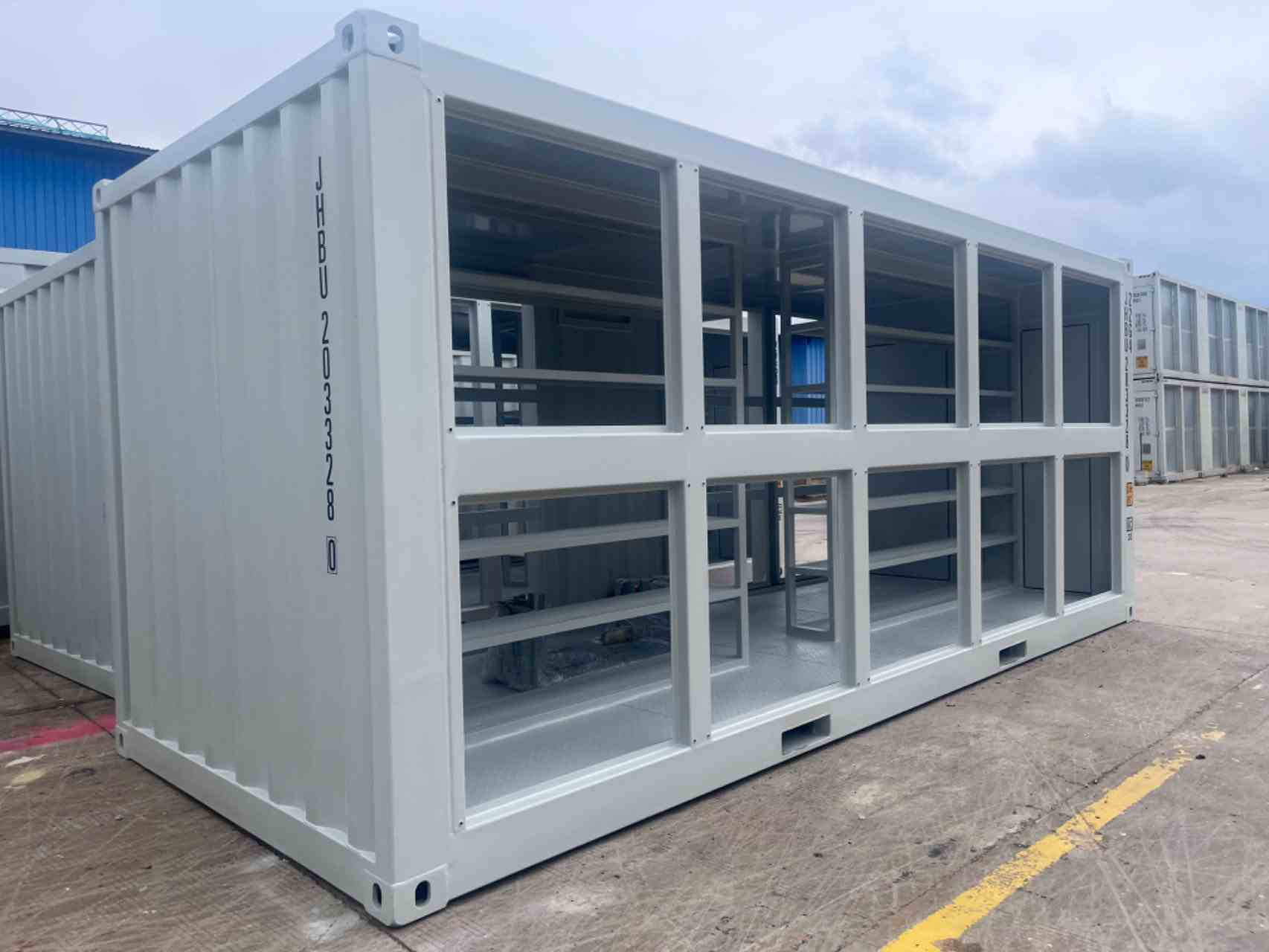
Introducing ACTBOXES: Solid Solutions for Cold Climate Mining
Who is ACTBOXES and what do they offer?
Established in 2013 ACTBOXES is our company’s overseas brand, providing innovative container solutions including bitcoin mining containers designed for diverse environmental challenges. We focus on high-quality production backed by strong technical expertise and customer-centric service values.
What makes ACTBOXES bitcoin mining containers great for extreme cold?
Our bitcoin mining boxes are CSA certified can accommodate 336 miners per box. In addition, the internal components of the mining box, such as power cabinets, PDUs, fans, etc., all have UL certification. Therefore, they’re built tough to handle harsh climates, keeping performance steady even when temps drop way below freezing.
Structural features designed for durability and insulation
These container rooms are equipped with advanced cooling systems designed to meet local regulations and environmental standards. With marine-grade structures tested against typhoons (up to 50m/s) and earthquakes (level 8.5), our units offer unmatched strength combined with Class A fire resistance.
Smart ventilation systems adapted to low temperatures
We use negative pressure fans with dust nets and snow blockers, plus smart airflow routing that keeps hot and cold zones separate—stopping condensation while boosting efficiency.
Maintenance, Monitoring and Safety Protocols in Cold Regions
What maintenance routines are essential in freezing environments?
Check ventilation intakes for ice buildup regularly. Inspect heating elements in PDUs. Test backup generators. Make sure fire suppression systems work in low temps. These keep things running smoothly all winter.
How can remote monitoring improve system reliability during winter months?
Automated monitoring lets you track temp issues from afar. Alerts can kick in early actions, like turning on heaters or tweaking fan speeds, to avoid breakdowns.
Implementing automated alert systems for temperature anomalies
Temp sensors linked to cloud dashboards send real-time alerts if readings go off. This lets response teams act fast, even in remote Arctic setups.
Fire safety and electrical hazard prevention in icy conditions
Our escape routes meet regulatory standards with clear one-to-one labeling inside each unit which is convenient for later maintenance. Fire extinguishers rated for sub-zero use are installed at both ends of each container.
Environmental Impact and Regulatory Compliance
Are there environmental concerns when operating in cold climates?
Yeah—operations need to avoid messing up delicate ecosystems with emissions or bad waste handling. Containers cause less site disruption than permanent buildings and can be moved easily if environmental rules require it.
What regulations should be considered when deploying containers in remote or frozen regions?
You’ve got to follow local zoning laws, fire codes, electrical standards (e.g., CSA/UL) and noise limits from fans or generators. Some areas might also need environmental impact assessments.
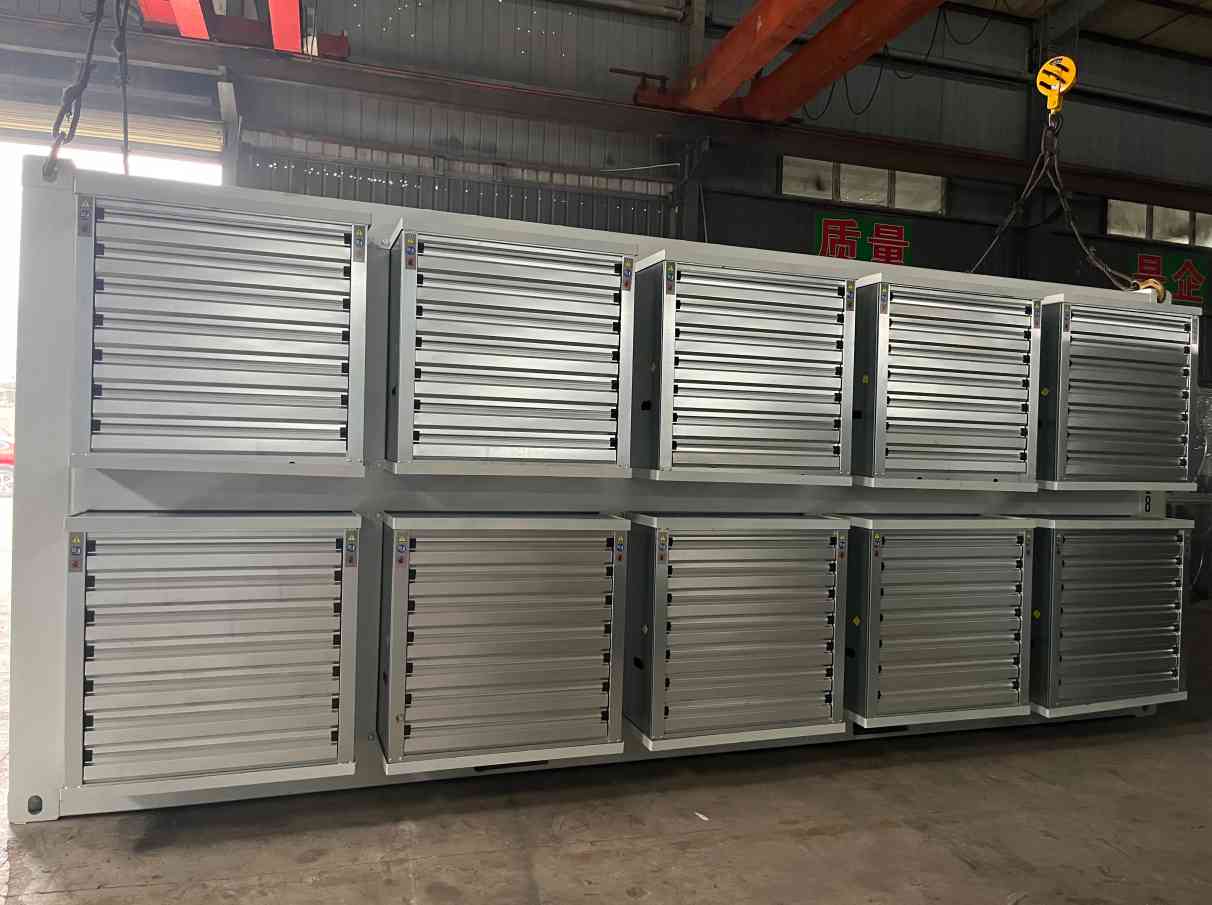
FAQ
Q: Can I operate a Bitcoin mining container year-round in Arctic regions?
A: Yes—but only if it’s properly insulated against extreme cold with smart airflow design like those we use at ACTBOXES. Our products have been deployed successfully even under severe winter conditions thanks to their structural integrity and thermal engineering.
Q: Do I need special permits to install a Bitcoin container in remote snowy areas?
A: Most likely yes—you’ll need local building permits along with compliance documentation such as CSA certifications which our products include by default.
Q: How often should I inspect my mining container during winter months?
A: We recommend weekly inspections during peak winter periods focusing on air intake blockages from snow/ice buildup as well as regular checks on heating elements within electrical compartments.

